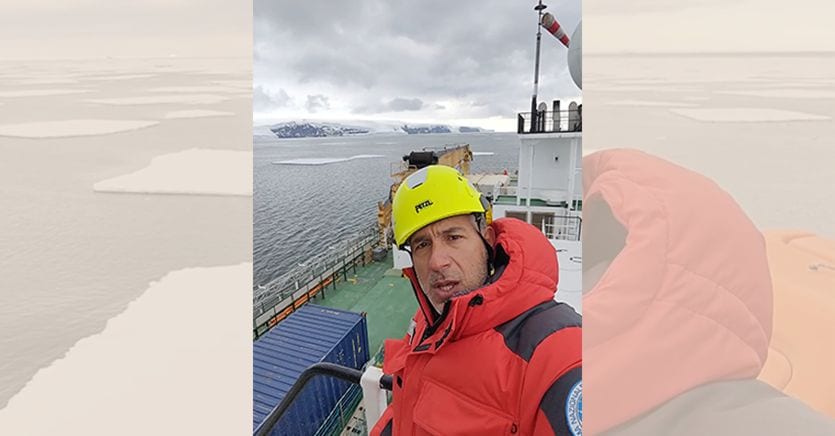Like any complex mechanism, even the one set in motion by Antarctic waters needs someone to go and check regularly if it is still working and if there are any failures. Like every year, the observation team is operating right now by ship in the Antarctic Sea to carry out all the necessary tests.
The verification operation, which has been going on since the 90s, today takes the name of MORSea and is piloted by the Parthenope University of Naples. The group of four Neapolitan researchers set sail on January 6 from New Zealand on the Laura Bassi. With its 3300 km crossing (the shortest route for the Italian Mario Zucchelli station), the ship owned by the Experimental Geophysics Observatory (OGS) of Trieste has officially launched the 38th oceanographic campaign of the National Research Program in Antarctica, managed by CNR and ENEA.
The Naples team, led by Pasquale Castagno, the scientific coordinator of the entire mission, has extensive instrumentation to test the correct functioning of the planetary air conditioner in the long term.
“We come here to every PNRA campaign to collect new data to update our historical series and be able to trace trends and make forecasts that are as accurate as possible,” explains Castagno.
What Castagno and his companions study is the process of formation of dense waters in the Ross Sea, a marine space that also washes the coast that houses the Italian station. The high density of the Ross Sea is precisely what allows its water masses to sink and be dragged by deep currents towards the other oceans of the globe that surround the Antarctic Basin. The currents carry these water masses northward, like an incessant conveyor belt, until they flow into the seabed of the temperate zones of the Earth. The scientists’ goal is to keep the density of the water under observation, measuring its temperature and salinity. In fact, the colder and richer in salt they are, the heavier the waters are and the easier they are to slide towards the bottom.
